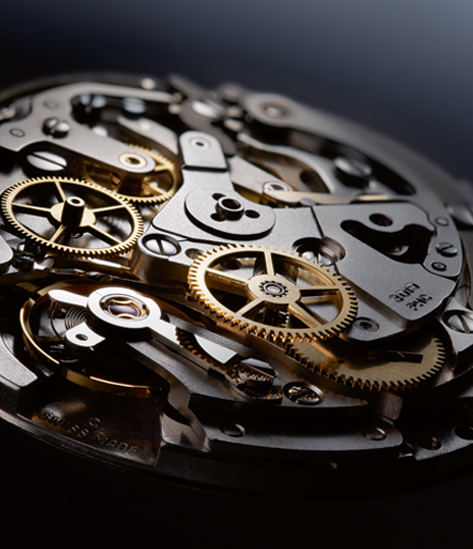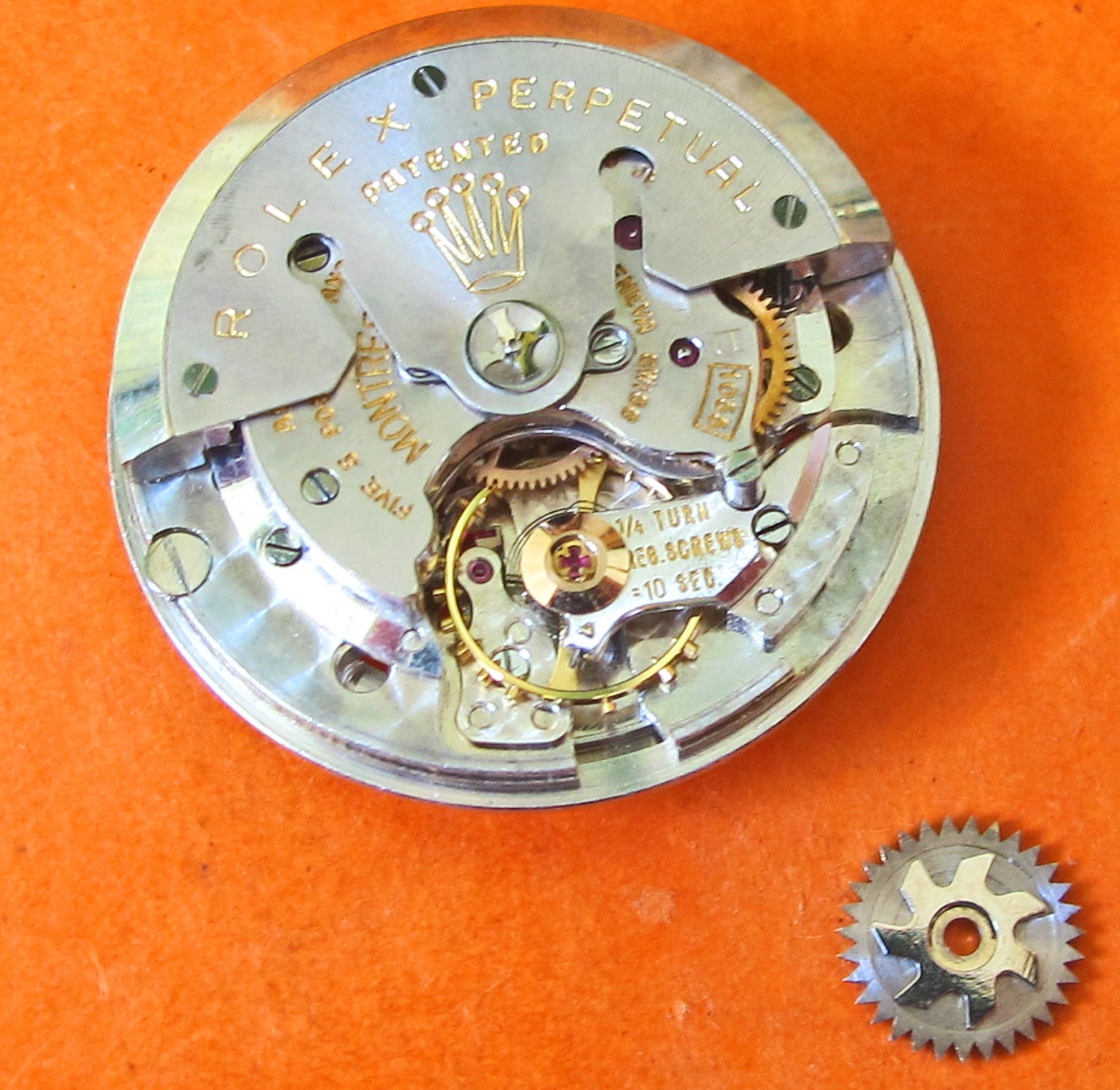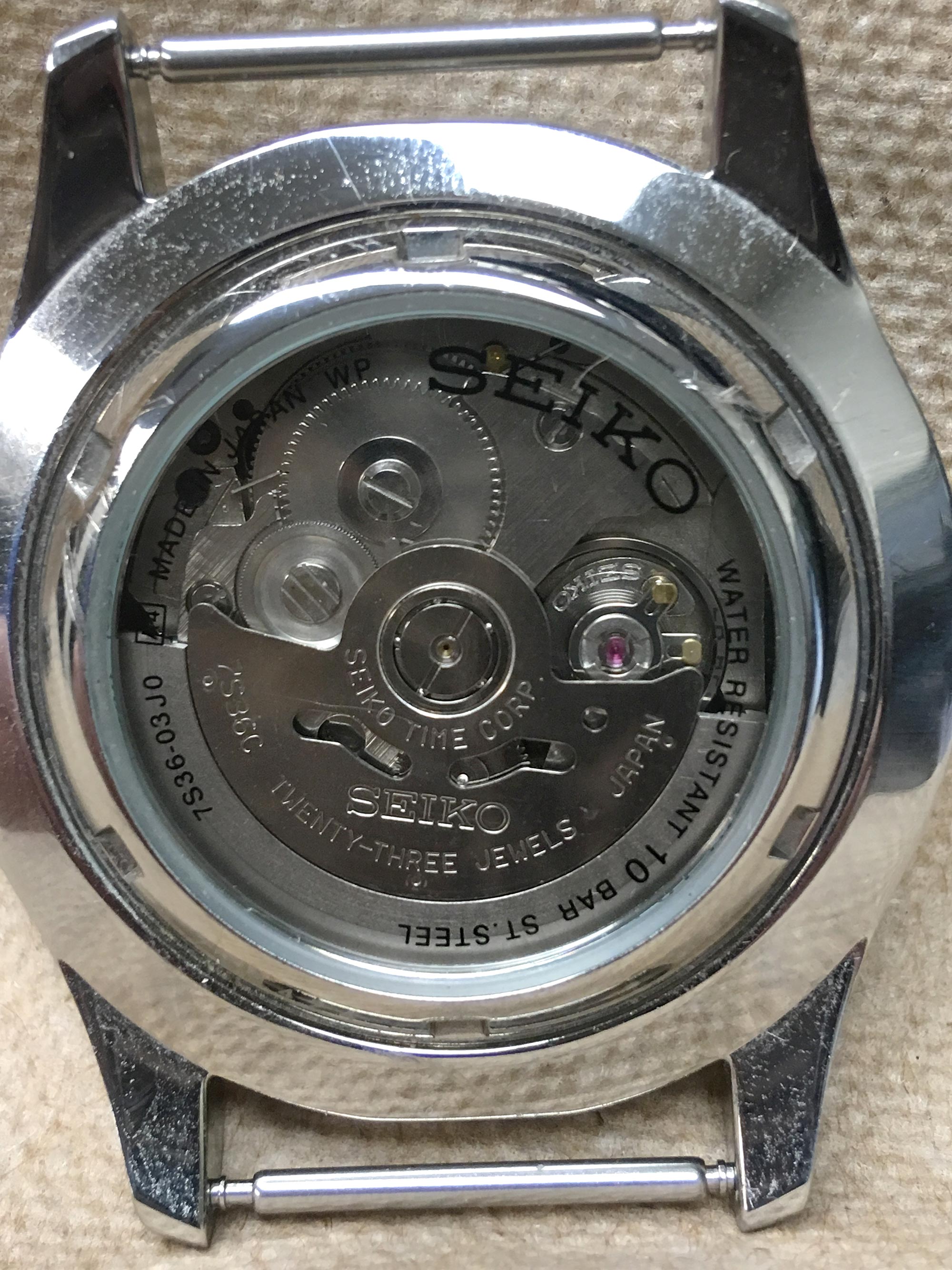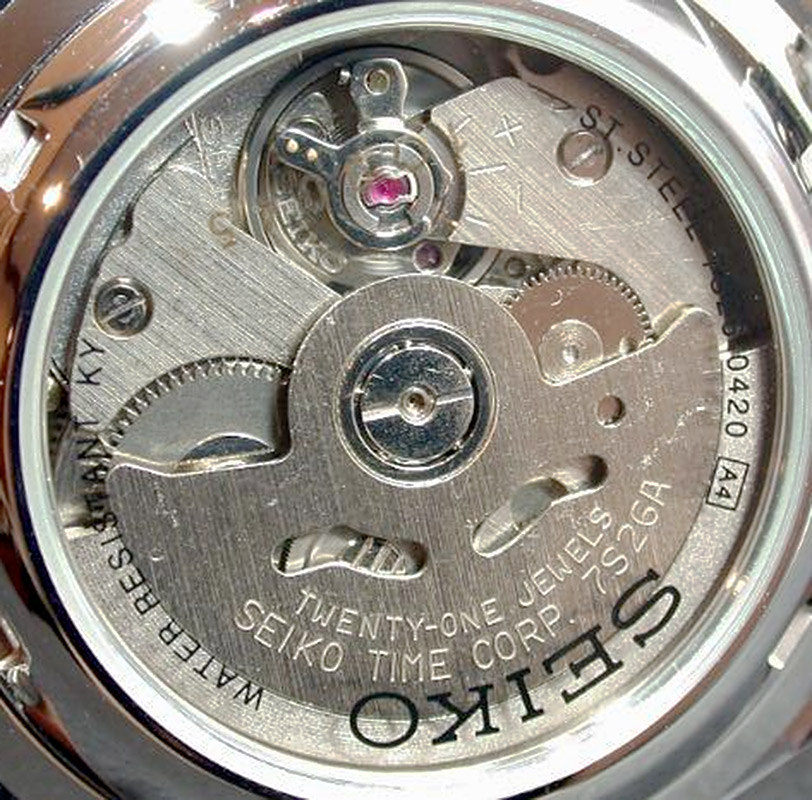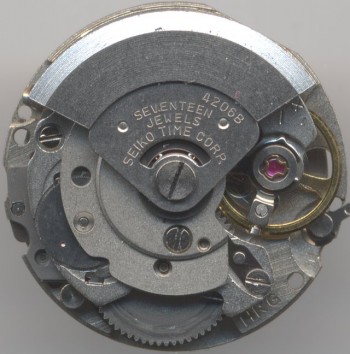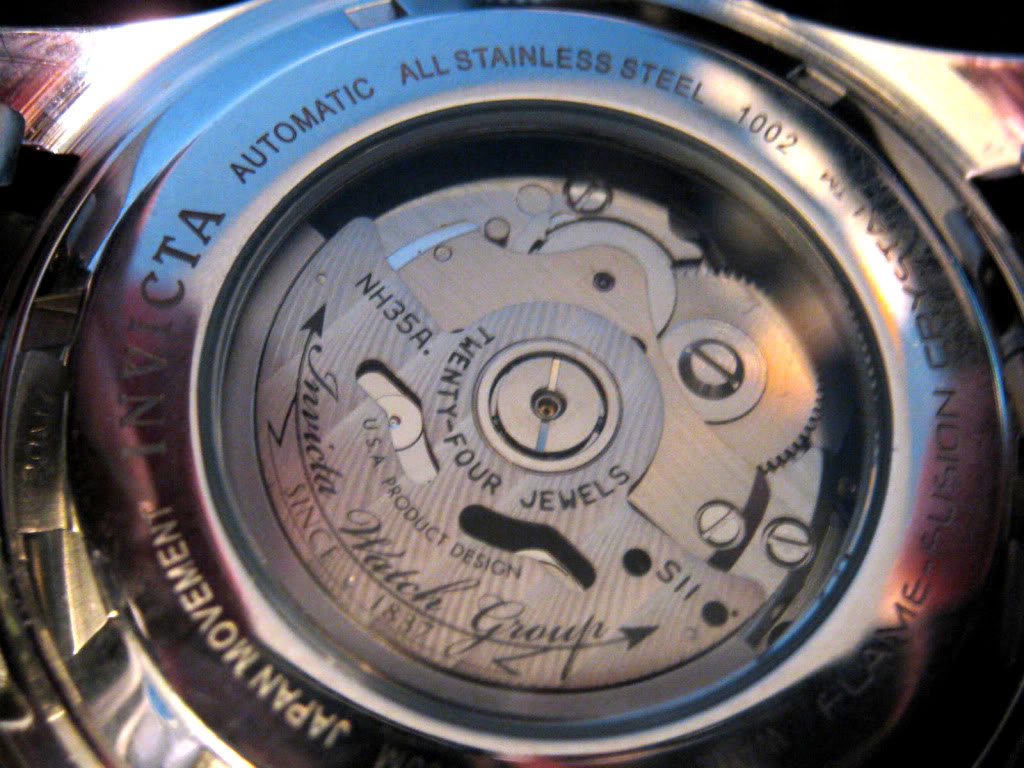History: The El Primero calibre, which was first released in 1969 and is still produced today, was one of the first automatic chronograph movements and has a frequency of 36,000 alternations per hour (5 Hz). Notably, a modified version of Zenith's "El Primero" movement was used by Rolex from 1988 to 2000 for the Rolex Daytona chronograph. The "El Primero" movement's high rate allows a resolution of 1⁄10 of a second and a potential for greater positional accuracy over the more common standard frequency of 28,800 alternations per hour (4 Hz). The El Primero was honoured with a 2012 release of the El Primero Stratos Flyback Striking 10th, limited to 1,969 pieces (in honour of the original 1969 release date), that housed the same 36,000 vph movement and a sub-dial measuring in tenths of a second to make a complete rotation every ten seconds.
From Wikipedia
From Wikipedia
Manufacturer: Zenith SA is a Swiss luxury watchmaker. The company was started in 1865 by Georges Favre-Jacot at the age of 22, in Le Locle in the canton of Neuchâtel. Zenith was purchased by LVMH in November 1999, becoming one of several brands in its watch and jewellery division. Jean-Claude Biver became Interim CEO in 2017, replacing CEO Aldo Magada, who had replaced Jean-Frédéric Dufour in 2014. Zenith is one of the Swiss watch manufacturers that still produce their own movements in-house.
Favre-Jacot was born 1843 and died in 1917. He was an apprentice within the watchmaking industry while still a youth. Favre-Jacot at some time requested that a house be built for himself at Le Locle, by the architect Le Corbusier. He was also closely involved with another prominent architect, named Alphonse Laverrière. His relationship with this latter architect was the source of influence upon the Werkbund movement. The two men collaborated with a shared artistic vision of the nature of production, to the extent to which they themselves somewhat reformed the artistic situation within francophone Switzerland at the time.
From Wikipedia
Favre-Jacot was born 1843 and died in 1917. He was an apprentice within the watchmaking industry while still a youth. Favre-Jacot at some time requested that a house be built for himself at Le Locle, by the architect Le Corbusier. He was also closely involved with another prominent architect, named Alphonse Laverrière. His relationship with this latter architect was the source of influence upon the Werkbund movement. The two men collaborated with a shared artistic vision of the nature of production, to the extent to which they themselves somewhat reformed the artistic situation within francophone Switzerland at the time.
From Wikipedia
Item created by: gdm on 2018-09-30 20:47:58. Last edited by gdm on 2018-10-16 22:15:57
If you see errors or missing data in this entry, please feel free to log in and edit it. Anyone with a Gmail account can log in instantly.
If you see errors or missing data in this entry, please feel free to log in and edit it. Anyone with a Gmail account can log in instantly.


